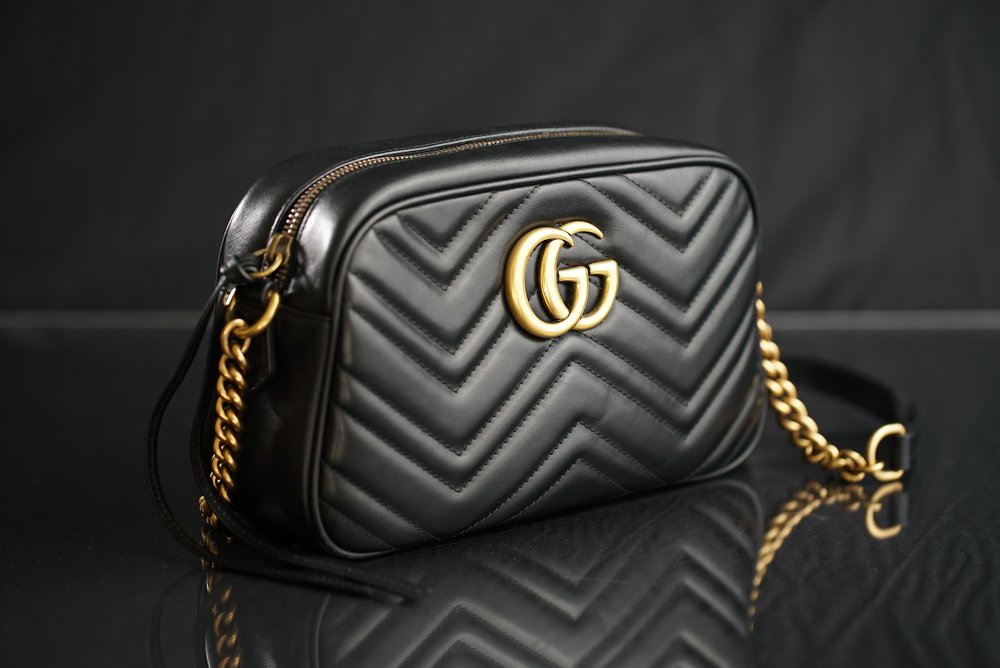Scammers are becoming more prevalent as the digital era progresses. Just as Internet marketplaces have provided merchants with new ways to earn money selling things, they have also given rise to counterfeit goods.
Designer clothing is constantly in great demand. Unfortunately, this might attract a large number of counterfeiters who wish to sell counterfeit replicas of these things. Knowing whether your designer goods are actually real is important, but not many people know how to authenticate their valuables.
Let’s take a look at a few ways you can determine whether your handbags and other designer items are the real thing or just cheap fakes.
Check the Stitching
Most knockoffs employ low-cost materials and production procedures, so examine the stitching on a garment or purse carefully. Authentic items are made with care, so make sure the stitching lines are straight and equal. A high-end designer item will have flawless, hardly noticeable stitching that is as straight as possible.
Copies frequently have less stitching, resulting in a more apparent and ragged appearance. Counterfeit goods sometimes have crooked or sloppy stitching and loose threads dangling from the object. Similarly, if the stitching color differs from the material, it might be a forgery.
Examine the Metal Elements
Many knockoffs of designer objects may substitute cheaper, lighter metals or metallic-colored polymers. Zippers seldom operate properly on counterfeit items and frequently slip off track when tugged.
Before advertising your genuine designer items, ensure that zippers shut securely, clasps are strong, and buttons feel secure. Examine the metals to see if they are real or counterfeit.

Look at the Logos
Designers only like to put their names and logos on high-quality products. The trademarks on genuine designer items are frequently created from high-quality materials such as leather or a more expensive metal, which a cheap copycat cannot match. If any of these goods do not appear to be of high quality, it is a significant red flag!
The weight of the logo can be used to assess its quality. Burberry emblems, for example, have a stronger weight and sharp edges. If it feels light and inexpensive, it most likely is.
Take a look at the lettering type as well. It should be eye-catching, with crisp lines and no paint trailing or leaking. Look for spelling mistakes in the brand name on the emblem to identify a forgery.
Pay Attention to Fabrics
Counterfeit bags or garments with a fabric lining are frequently constructed with a low-cost, commonly accessible material such as nylon, which lacks the softness and beauty of the genuine lining.
Look for designer logos on the lining and any information that does not appear to be authentic on the inside label. A designer logo, for example, may be placed on a lower-cost sweatshirt brand.
Use a Professional Authentication Service
The single easiest way to determine whether your designer goods are the real thing is to engage the help of a professional. Professional authenticators have more experience in spotting fakes than anyone else and know exactly what to look out for.
This service will cost you a small amount of money, but it will give you a definitive answer that you can trust. Check out https://legitgrails.com/ as a great place to get started with professional designer item authentication today.
Carol
Information sourced by the author for luxuryactivist.com. All content is copyrighted with no reproduction rights available. Images are for illustration purposes only.
